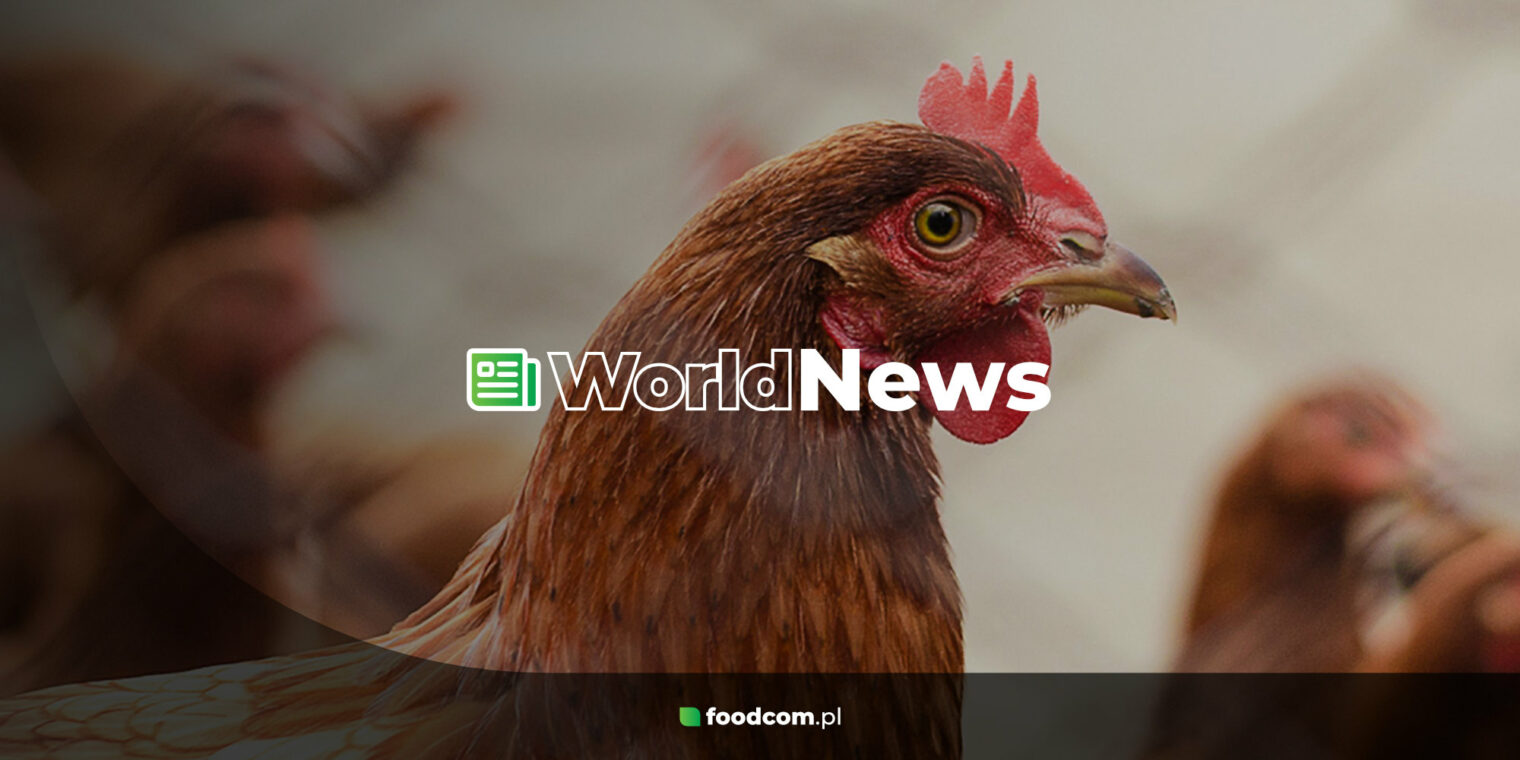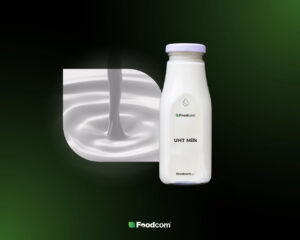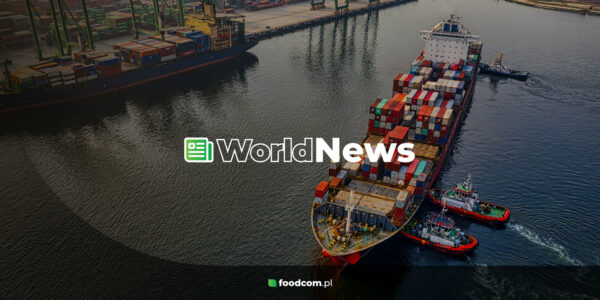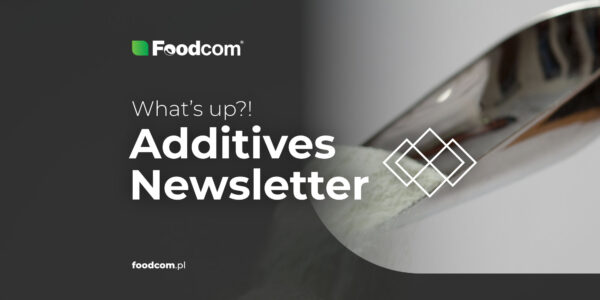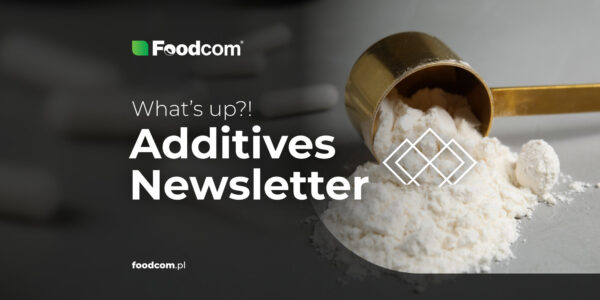On the 4th of September 2020, the European Commission opened the public consultation referring to their recently announced action plan. Under the European Green New Deal, the EU set a plan to reach at least 25% of its agricultural land under organic farming by 2030. As it says in the statement, such a goal will be achieved by driving investment and innovation in sustainable farming. Other measures are responding to increased consumer interest in organic food and also boosting demand for it. Growing consumption of organic produce in the Member States is a principal goal of the initiative. The result of increased demand is foreseen sector contribution to “climate neutrality, environmental protection, and biodiversity preservation.”
Market size
Organic farming is a concept of agriculture area development, with a major focus on the protection of the environment and wildlife, with a holistic approach towards manufacturing. In organic farming, emphasizing on-farm management practices over off-farm inputs is one of the the most important goals. Such requirements imply the reduction of synthetic chemical usage and regarding EU law; following Regulation 834/2007 of 28 June 2007. Total organic area (lands fully converted to organic farming) in 2018, reached 13.4 million hectares. As a result of the mentioned initiative, such areas are expected to grow significantly.
The increase in the organic area in the period between 2012 and 2018 was 34%. State Members that significantly developed the sector were Bulgaria (by 229,2%), Croatia (by 223,4%), and Ireland (by 124,8%). During the studied six-year time period the share of a total organic area in overall UAA (utilized agricultural area) within the EU rose by over 2pp. The Most significant share of organic farming in UAA was noticed in the Salzburg region in Austria. In 2016, over half of the utilized agriculture in the area was dedicated for organic farming.
When it comes to organic livestock (herds reared on organic standards) the data from 2018 shows that out of the EU’s 87.4 million bovine animals, more than 4,6 million were organic. Greece has the highest share in such livestock, estimating to around ¼ of the live bovine population. The Member State with the highest share of organic dairy cows in total livestock is Austria, with over 20% rate.
Market and retail sales
Expected growth in the organic market, connected to European Green New Deal, follows on from the recent increase in consumer interest in organic products. 2017’s worldwide organic food and drinks market was estimated to be worth over EUR 92 billion. The leading consumer was the US, with an account of 47% of the market while the EU’s share amounted to 37% of it. The EU’s market in 2017 was worth EUR 34.3 billion. Significant growth was noticed, as just comparing 2016 and 2017, the EU organic drink and food market grew by 11%. The Member State with the most significant share in the market is Germany, that takes over 10 billion EUR (5.1% organic in total retail sales).
Organic dairy
The EU-15 shares a significant part of overall organic dairy production in the European Union. In total, in 2017, the EU organic area represented 18 % of the global organic area. In the time of 2012-2017, annual organic dairy herd size has increased by around 5.7% while annual milk production by around 6.3%. Austria, France, and Germany hold 51% of the organic dairy cows in the EU. Germany remains the biggest organic milk and based-on products producers. Solely in 2017, the country manufactured 300 thousand tonnes of drinking milk, around 100 thousand tonnes of butter, and around 150 thousand tonnes of cheese – all manufactured from organic dairy.
Germany remains to be a leader in the sector, yet other countries will benefit from the European program to boost the industry. Generally, as it is estimated, the European dairy food & beverage market, by 2028 is set to register a CAGR (Compound Annual Growth Rate) of 11.15%.
Profitability
The matter of profitability has to be questioned when it comes to major transitions in the industry. As a recent report by the French government think tank France Stratégie indicates; organic farms perform viably on both ecological and economical matters. Practices implying crop diversification, cover cropping, and hedge planting are named agroecological- and overly they are used in organic farming. Techniques inspired by nature may seem less profitable on a modern market basis, yet as a mentioned study shows it is not necessarily true. The model constructed by France Stratégie suggests that a farm that switched from conventional to organic farming would see its direct profit margin, excluding government support, increase by an average of 25% after the transition.
Transition to organic farming may seem like a radical shift, yet as studies and data show it is a boosting trend, worth investing in.
